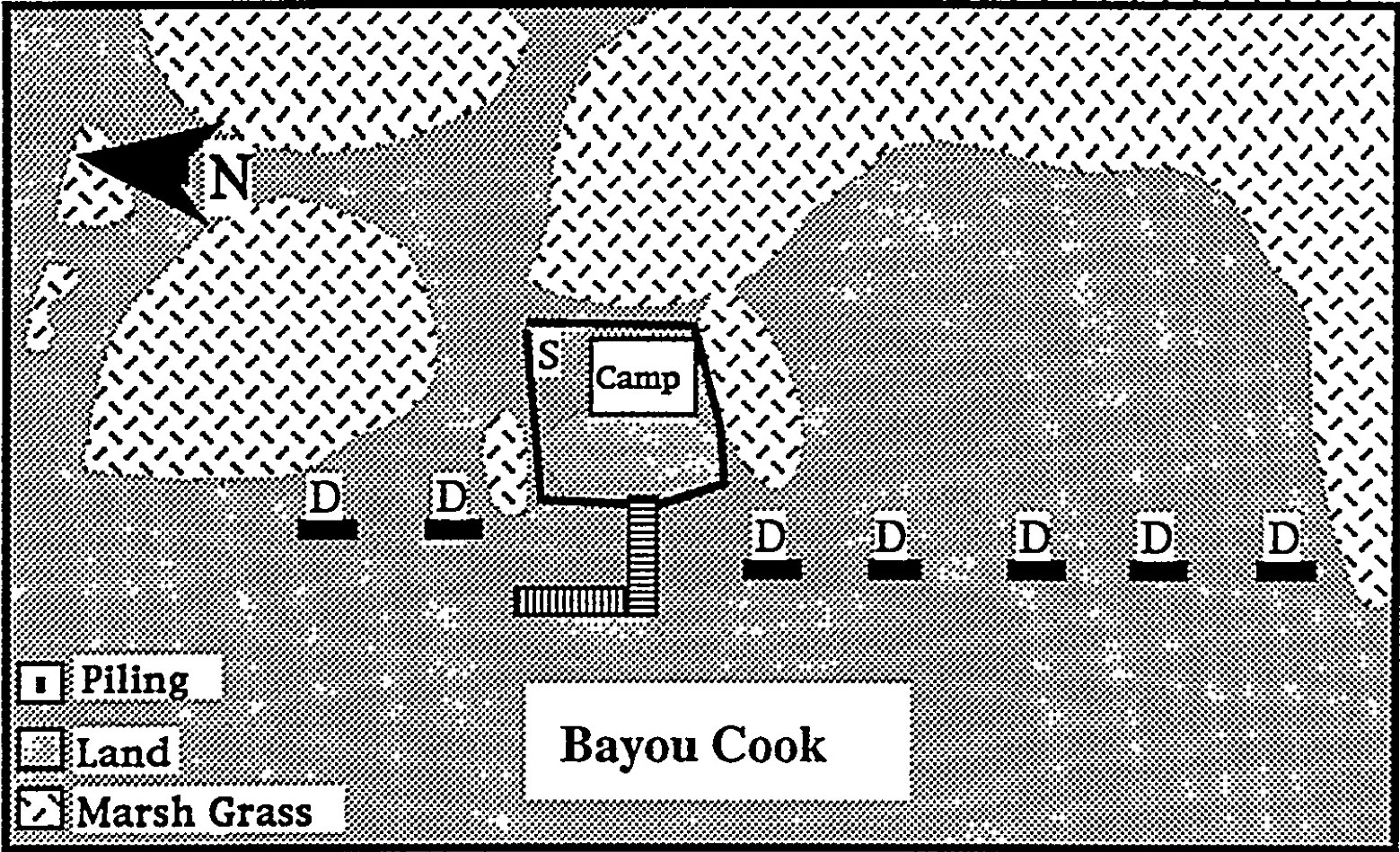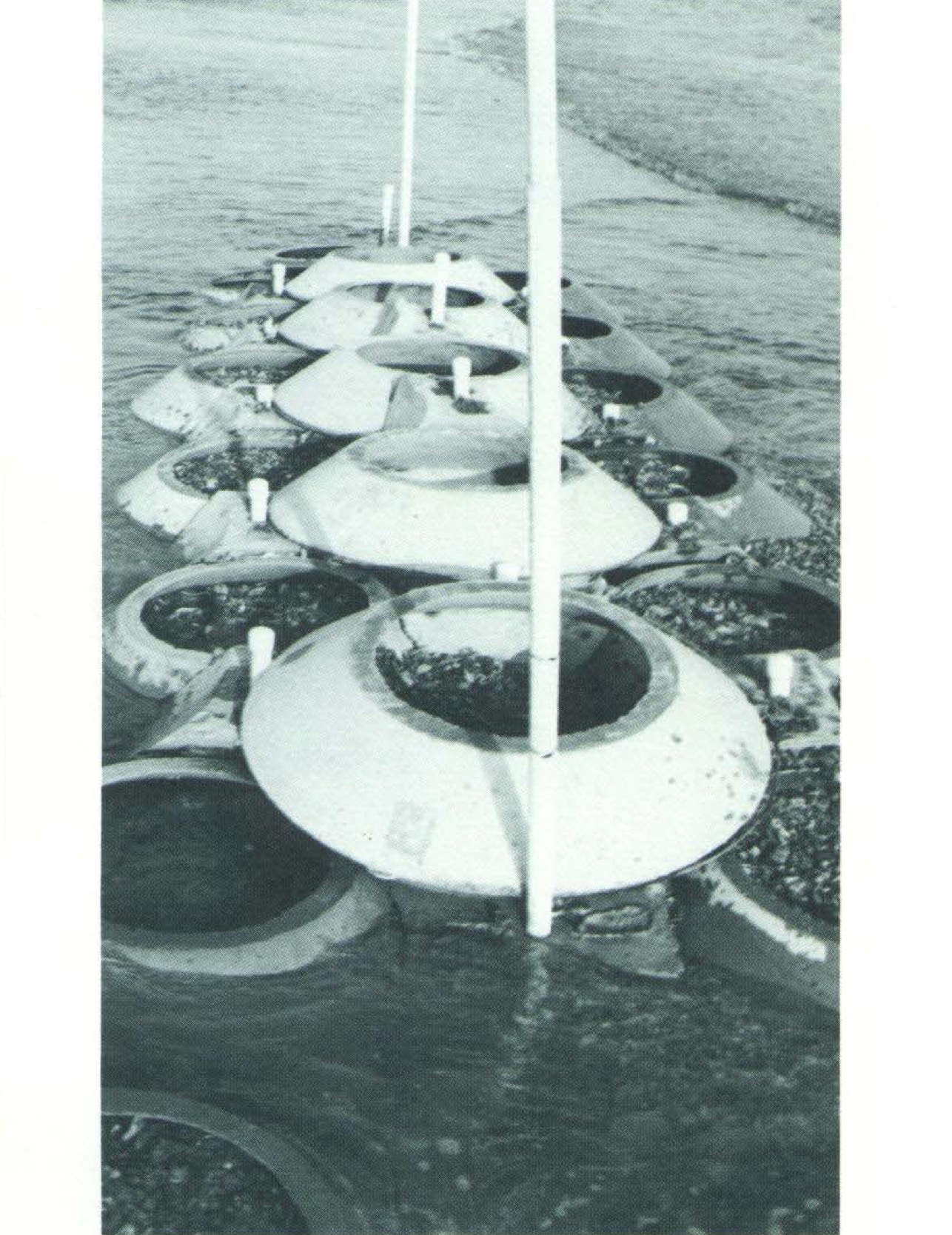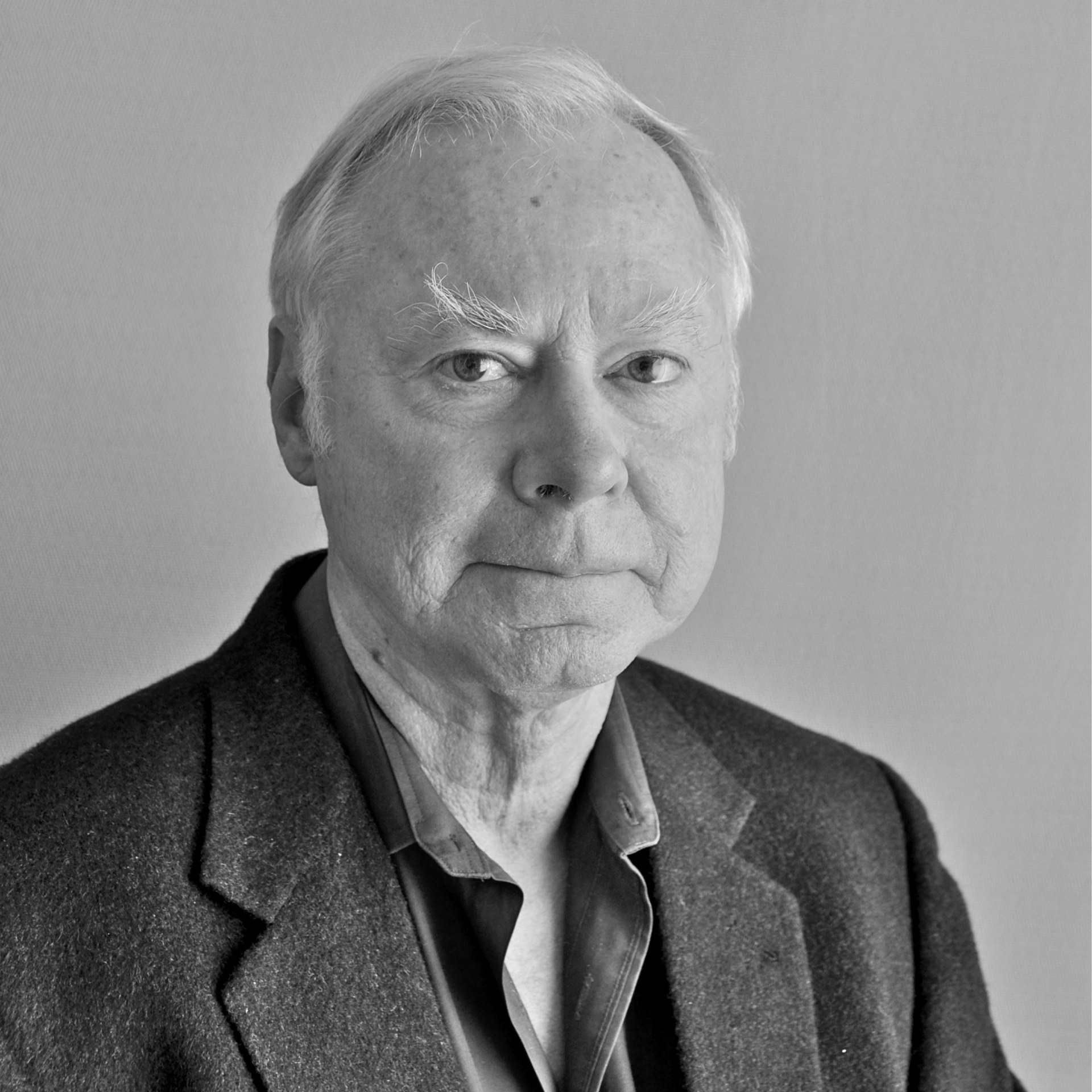Research Project underway to share legacy of longtime Tulane Professor, William "Bill" Mouton

october 13, 2025
BY Emily capdeville
Senior Professor of Practice Irene Keil and graduate student Georgia Clark are leading a research project to document the work of structural engineer and longtime Tulane Architecture Professor, William "Bill" Mouton. Keil and Clark are seeking information and materials from alumni and community members who can share their experiences with Mouton, whose impact on Tulane and southeastern Louisiana is significant.
Mouton, who died in 2001, was a Professor of Architecture at Tulane for four productive decades, from 1958-1998. Throughout his long tenure, he adapted to regularly shifting technological advancements to produce many impactful works around the city and the region. Over twenty years after his death, he is still known for his innovative structures and long-lasting contributions to the field of architecture. He held over 20 patents and worked on over 500 projects, including the Cajun Dome of Lafayette.

He implemented an revolutionary tube frame system and a special friction-based foundation to the construction of the Plaza Tower in New Orleans, allowing for greater building heights in soft soil. His work on erosion control concepts for the Louisiana coast is still studied. His intellectual rigor and spirit of exploration even extended to his own home in Harahan, which is a notable example of timber engineering.

Mouton’s work still has a great degree of relevance to research topics pursued by the school’s students and faculty today. Particularly, Mouton’s project of the “beach cones” that he developed together with Victor J. Law, a professor of chemical engineering at Tulane University, connects closely to questions of climate change and environmental degradation.

The beach cones that they devised were an economical system of concrete cone structures deployed at the beach to trap sand. In 1990 they were patented as a “wave actuated coastal erosion reversal system for shorelines” and from 1992 to 1995 field studies were conducted at 6 sites along the shoreline in south Louisiana.

An initial investigation of the Southeastern Archives revealed that none of this important figure’s drawings or papers have been registered. Therefore, this initial phase of Keil and Clark’s project is intended to ascertain the extent of Mouton’s files, drawings, and documents that may still exist and to secure these items. The aim is to document his ideas, his processes, and his work products, with the ultimate goal of sharing his legacy with a wide audience and preserving them for generations of students to come.
If you have any information about Professor Mouton, please reach out to Research Fellow Georgia Clark at gclark1 (at) tulane (dot) edu.
Related

Emeritus Professor's home serves as case study in passive cooling
New Orleans architect and Emeritus Professor John Klingman shares with The Times-Picayune/New Orleans Advocate how he lives without A/C for the past 30 years in his 1898 house in Uptown New Orleans.

Faculty publishes book 'Climate Adaptation for Architects: A Design Toolbox'
Adjunct Lecturer Allison Anderson, FAIA published Climate Adaptation for Architects: A Design Toolkit. The book presents a comprehensive reference for adaptation strategies to create a more resilient built environment.